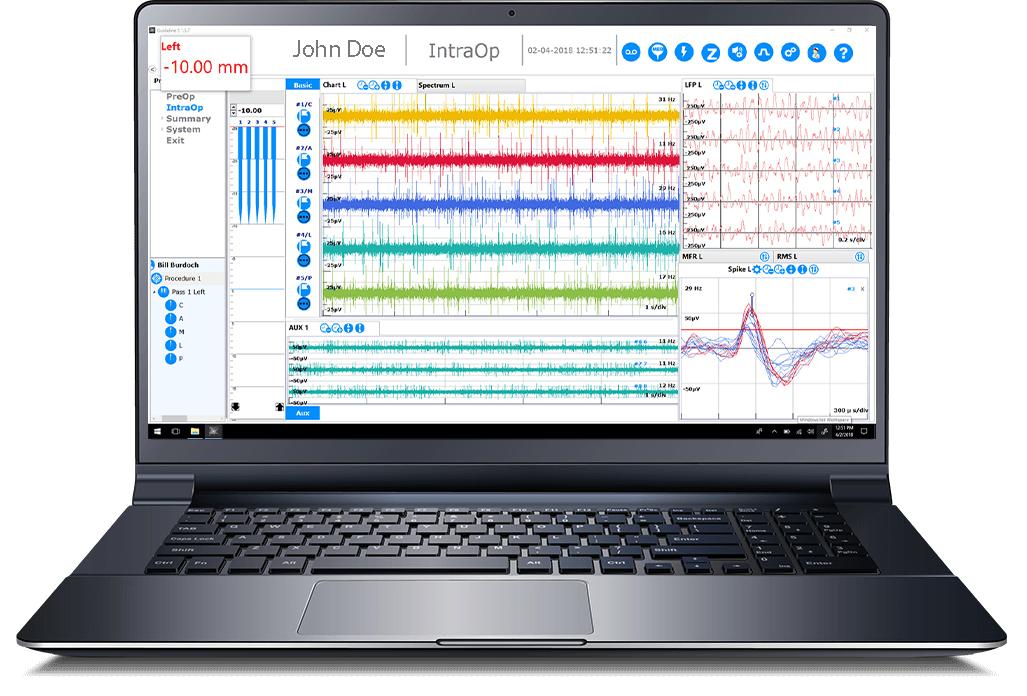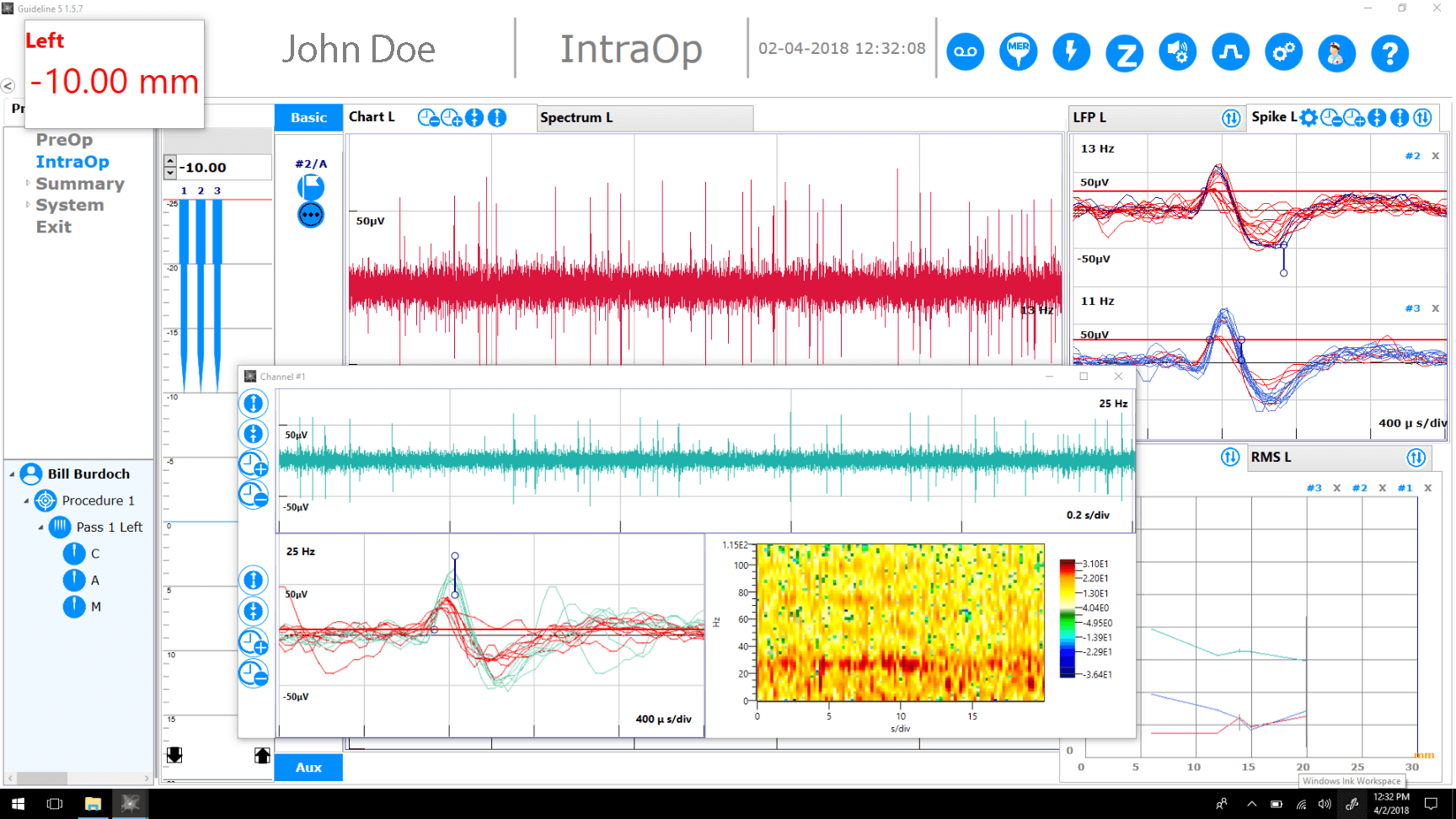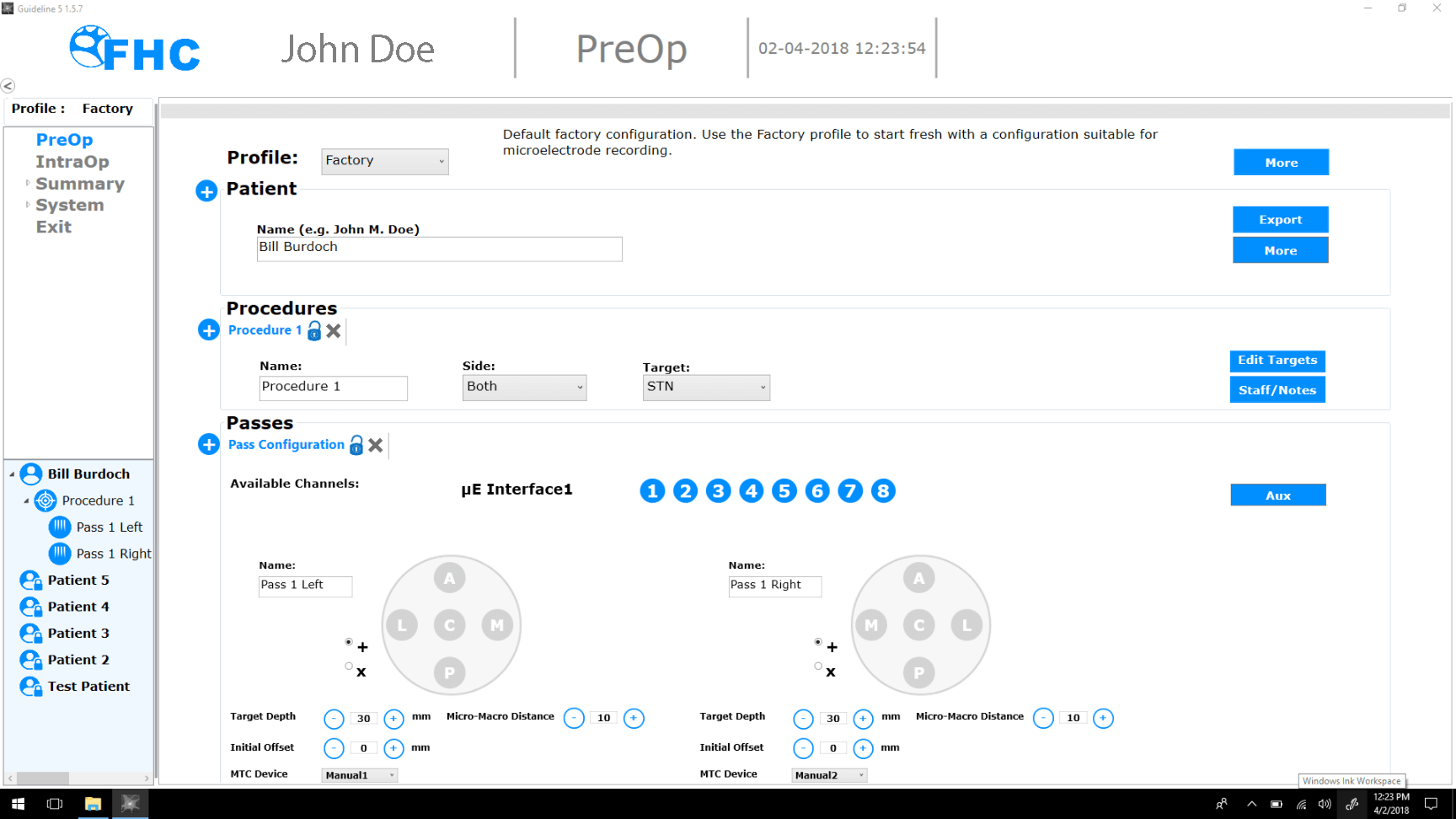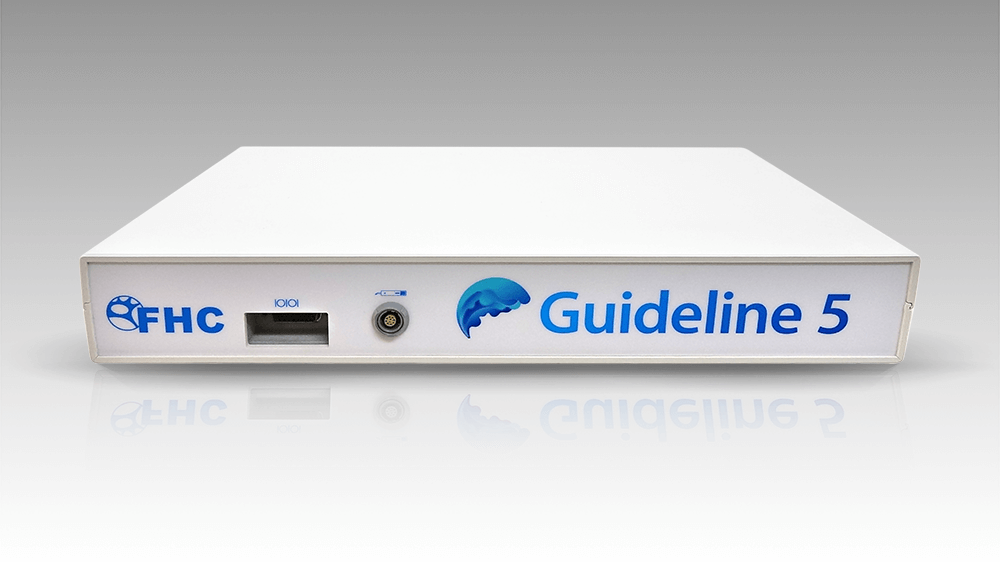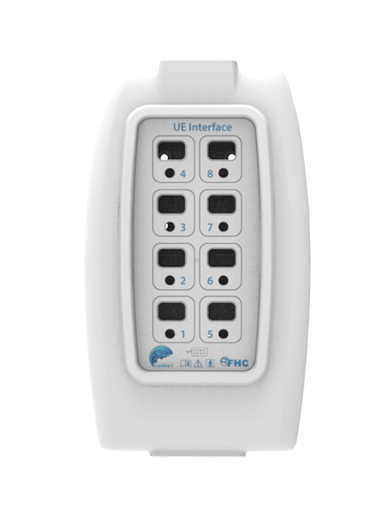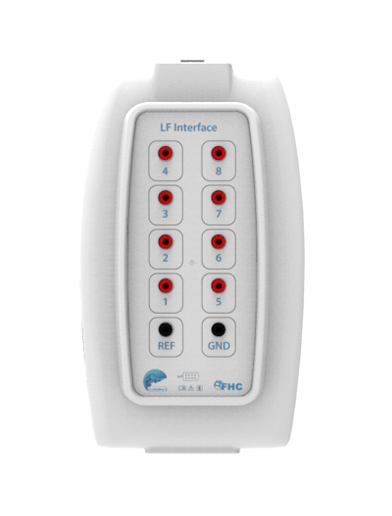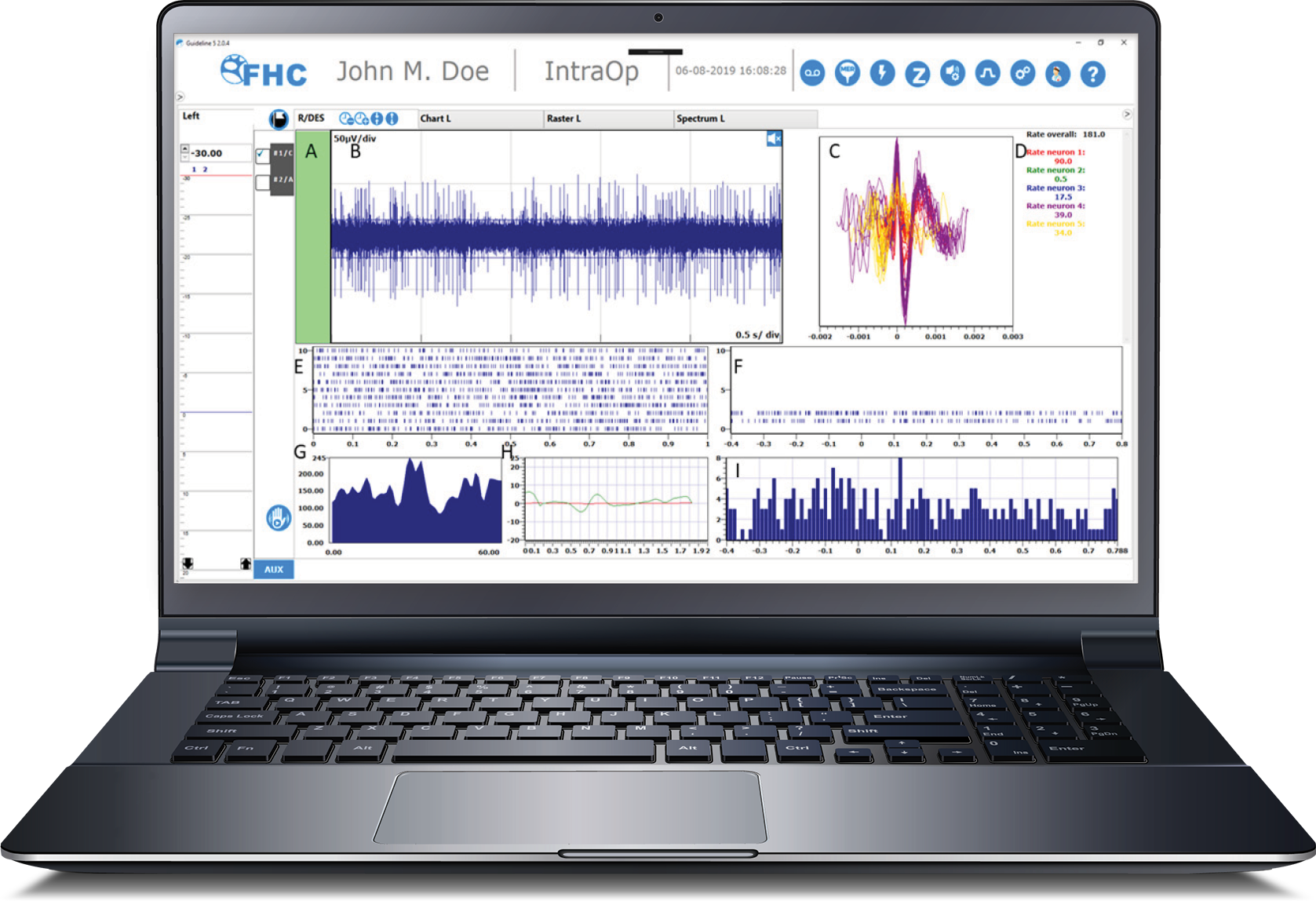Built for the medical professional
Shorter Lead Length
Signal interface placement adjacent to sterile field allows for shorter lead length and improved noise performance, with pole-mounting option suitable for any OR setup
Ergonomically Designed Remote
Controls application and amplitude of stimulation current along with operation of optional integrated microTargeting™ Drive Power Assist Motor
Streamlined User Interface
For intuitive ease of use
8 Channels
Expandable to 16, of simultaneous microelectrode and low frequency recording with advanced current steering stimulation capabilities

